
How to Use ams1117 5v: Examples, Pinouts, and Specs
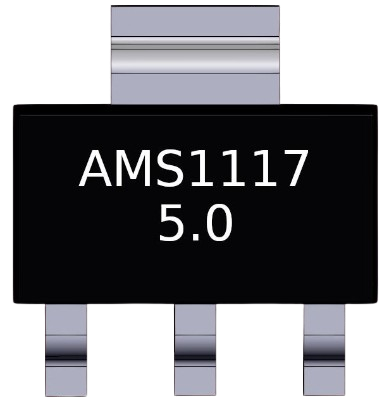
 Design with ams1117 5v in Cirkit Designer
Design with ams1117 5v in Cirkit DesignerIntroduction
The AMS1117 5V is a low dropout (LDO) voltage regulator designed to provide a stable 5V output from a higher input voltage. It is widely used in power supply circuits to ensure consistent voltage levels for sensitive electronic components. With its compact size and reliable performance, the AMS1117 5V is a popular choice for powering microcontrollers, sensors, and other low-power devices.
Explore Projects Built with ams1117 5v
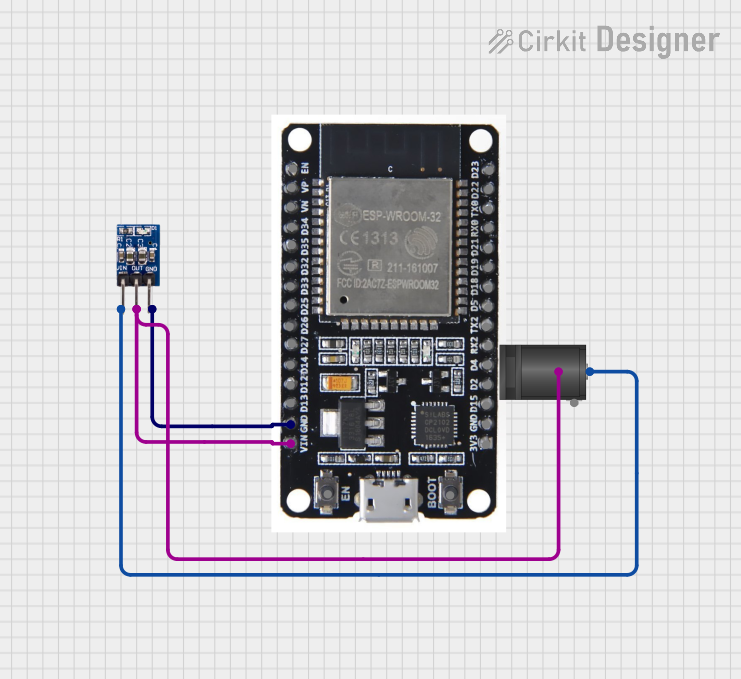
 Open Project in Cirkit Designer
Open Project in Cirkit Designer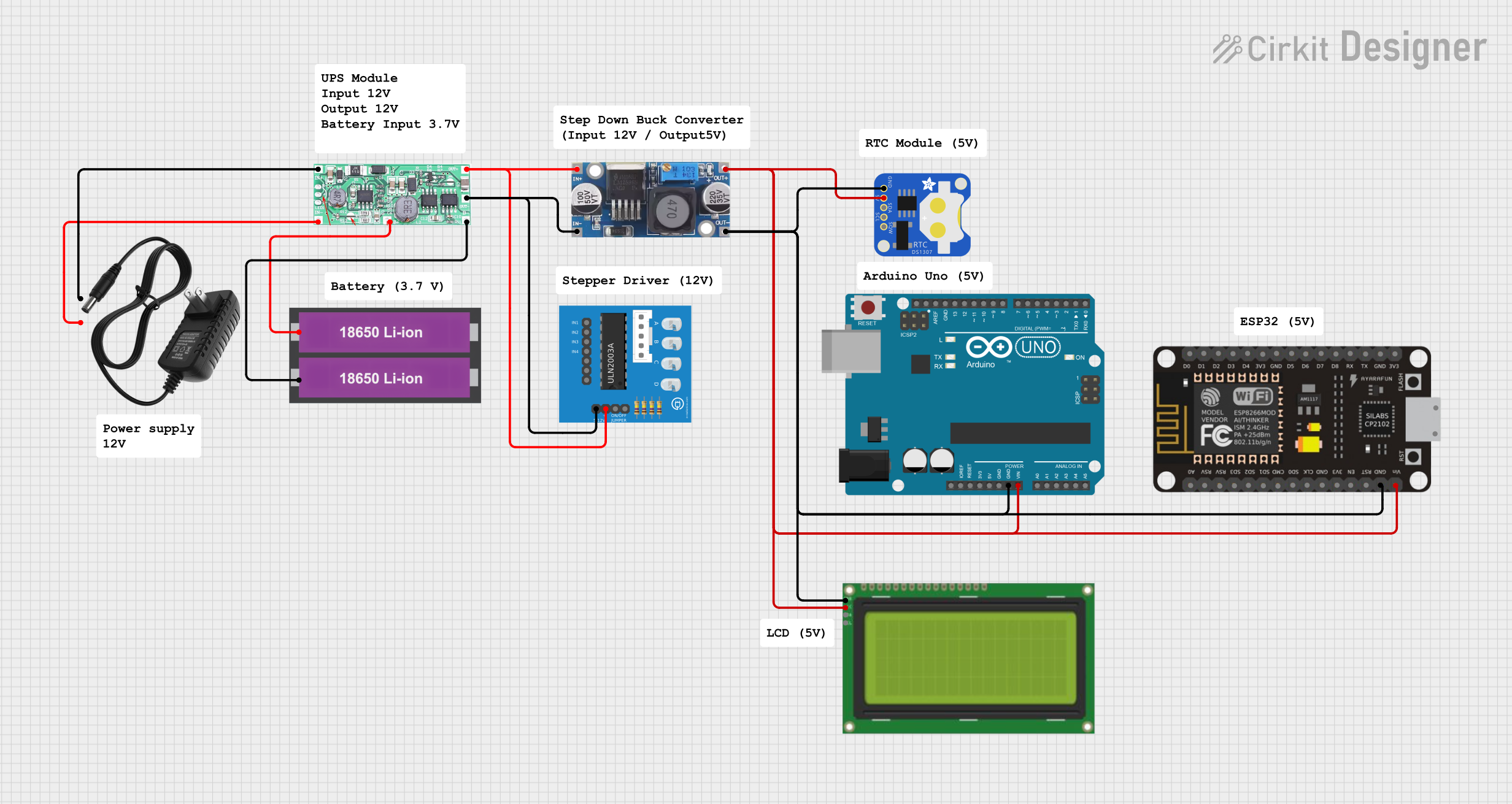
 Open Project in Cirkit Designer
Open Project in Cirkit Designer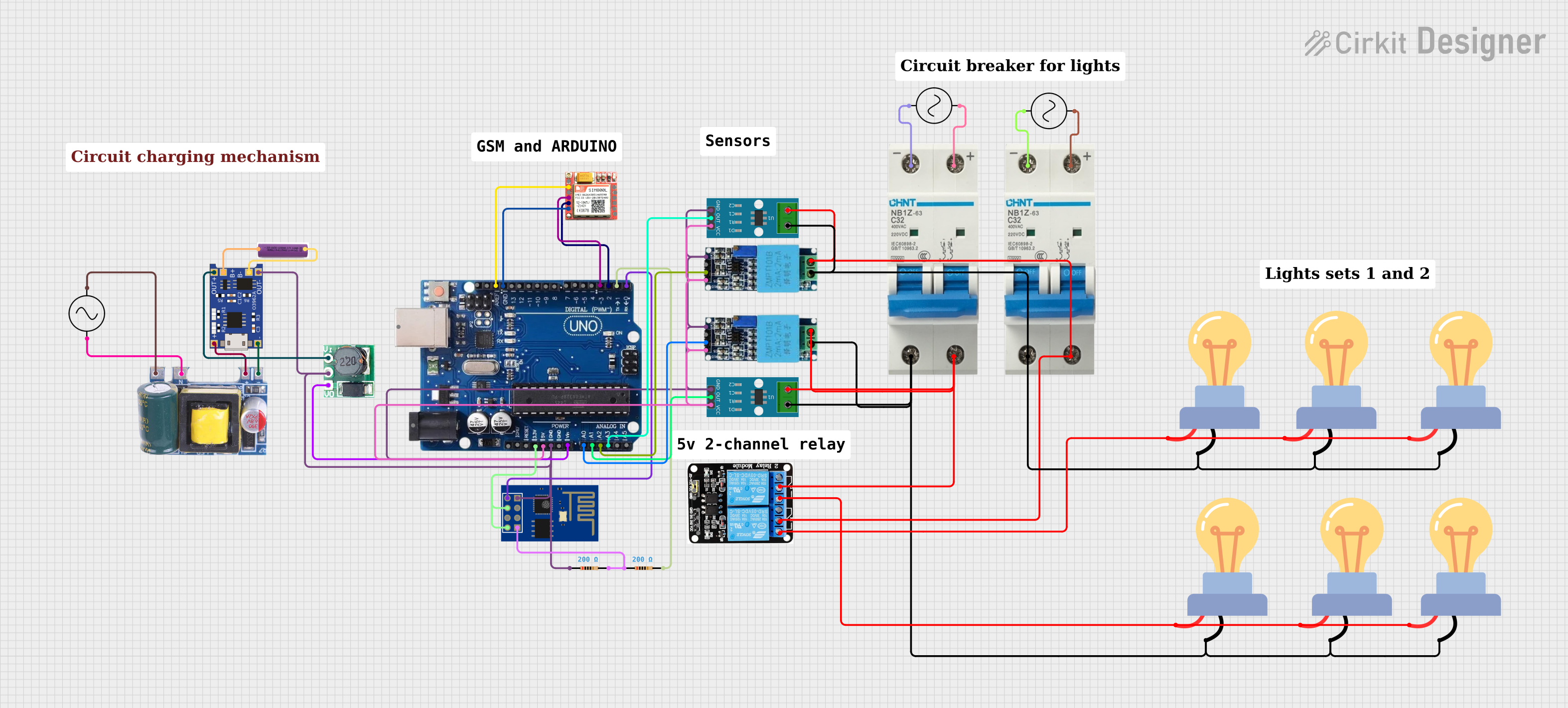
 Open Project in Cirkit Designer
Open Project in Cirkit Designer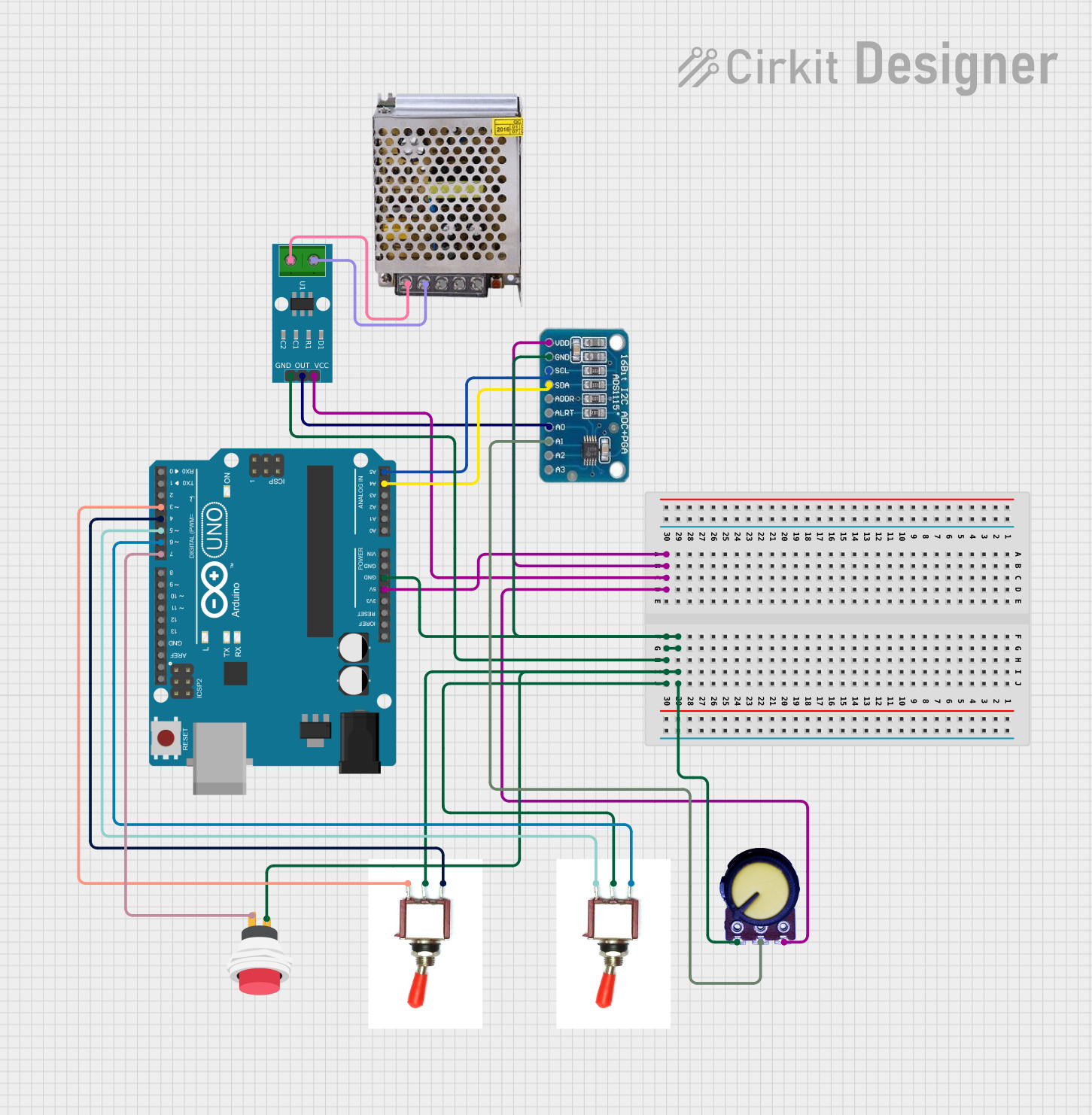
 Open Project in Cirkit Designer
Open Project in Cirkit DesignerExplore Projects Built with ams1117 5v

 Open Project in Cirkit Designer
Open Project in Cirkit Designer
 Open Project in Cirkit Designer
Open Project in Cirkit Designer
 Open Project in Cirkit Designer
Open Project in Cirkit Designer
 Open Project in Cirkit Designer
Open Project in Cirkit DesignerCommon Applications and Use Cases
- Powering microcontrollers such as Arduino, ESP8266, and Raspberry Pi peripherals
- Voltage regulation for sensors and modules in embedded systems
- Battery-powered devices requiring a stable 5V output
- DIY electronics projects and prototyping
Technical Specifications
The AMS1117 5V voltage regulator has the following key technical specifications:
| Parameter | Value |
|---|---|
| Output Voltage | 5V ± 1% |
| Input Voltage Range | 6.5V to 12V |
| Maximum Output Current | 1A |
| Dropout Voltage | 1.1V (at 1A load) |
| Quiescent Current | 5mA (typical) |
| Operating Temperature | -40°C to +125°C |
| Package Type | SOT-223, TO-252 |
Pin Configuration and Descriptions
The AMS1117 5V typically comes in a 3-pin package. The pinout is as follows:
| Pin Number | Pin Name | Description |
|---|---|---|
| 1 | GND | Ground connection |
| 2 | VOUT | Regulated 5V output |
| 3 | VIN | Input voltage (6.5V to 12V recommended) |
Usage Instructions
How to Use the AMS1117 5V in a Circuit
- Input Voltage: Connect a DC voltage source (6.5V to 12V) to the
VINpin. Ensure the input voltage is at least 1.1V higher than the desired 5V output to maintain proper regulation. - Output Voltage: Connect the load to the
VOUTpin. The output will provide a stable 5V regulated voltage. - Ground Connection: Connect the
GNDpin to the ground of the circuit. - Capacitors: Add decoupling capacitors for stability:
- A 10µF capacitor on the input (VIN to GND) to filter input noise.
- A 10µF capacitor on the output (VOUT to GND) to ensure stable output voltage.
Important Considerations and Best Practices
- Heat Dissipation: The AMS1117 5V can dissipate heat during operation, especially at higher input voltages and loads. Use a heatsink or ensure proper ventilation if the regulator gets too hot.
- Current Limitation: The maximum output current is 1A. Exceeding this limit may damage the regulator.
- Dropout Voltage: Ensure the input voltage is at least 1.1V higher than the output voltage to avoid instability.
- Reverse Polarity Protection: The AMS1117 does not have built-in reverse polarity protection. Use a diode in series with the input to prevent damage.
Example: Using AMS1117 5V with Arduino UNO
The AMS1117 5V can be used to power an Arduino UNO from a 9V battery. Below is an example circuit and Arduino code:
Circuit Connections
- Connect the 9V battery's positive terminal to the
VINpin of the AMS1117. - Connect the
VOUTpin to the Arduino UNO's 5V pin. - Connect the
GNDpin to the Arduino's GND pin and the battery's negative terminal. - Add a 10µF capacitor between
VINandGND, and another 10µF capacitor betweenVOUTandGND.
Arduino Code Example
// Example code to blink an LED connected to pin 13 of Arduino UNO
// Ensure the AMS1117 5V is providing stable power to the Arduino
void setup() {
pinMode(13, OUTPUT); // Set pin 13 as an output pin
}
void loop() {
digitalWrite(13, HIGH); // Turn the LED on
delay(1000); // Wait for 1 second
digitalWrite(13, LOW); // Turn the LED off
delay(1000); // Wait for 1 second
}
Troubleshooting and FAQs
Common Issues and Solutions
Output Voltage is Not 5V:
- Check the input voltage. Ensure it is at least 6.5V.
- Verify the connections and ensure the capacitors are properly placed.
- Check for excessive load current. Ensure the load does not exceed 1A.
Regulator Overheating:
- Reduce the input voltage to minimize power dissipation.
- Use a heatsink or improve ventilation around the regulator.
No Output Voltage:
- Verify the polarity of the input voltage.
- Check for short circuits or damaged components.
Fluctuating Output Voltage:
- Ensure proper decoupling capacitors are installed.
- Check for noise or instability in the input voltage source.
FAQs
Q: Can I use the AMS1117 5V with a 5V input?
A: No, the AMS1117 requires an input voltage at least 1.1V higher than the output voltage. For a 5V output, the input must be at least 6.5V.
Q: What is the maximum current the AMS1117 5V can supply?
A: The AMS1117 5V can supply up to 1A of current. Exceeding this limit may damage the regulator.
Q: Do I need to use capacitors with the AMS1117 5V?
A: Yes, capacitors are essential for stable operation. Use a 10µF capacitor on both the input and output.
Q: Can the AMS1117 5V be used with a 12V input?
A: Yes, the AMS1117 5V can handle a 12V input. However, ensure proper heat dissipation as the regulator may get hot.